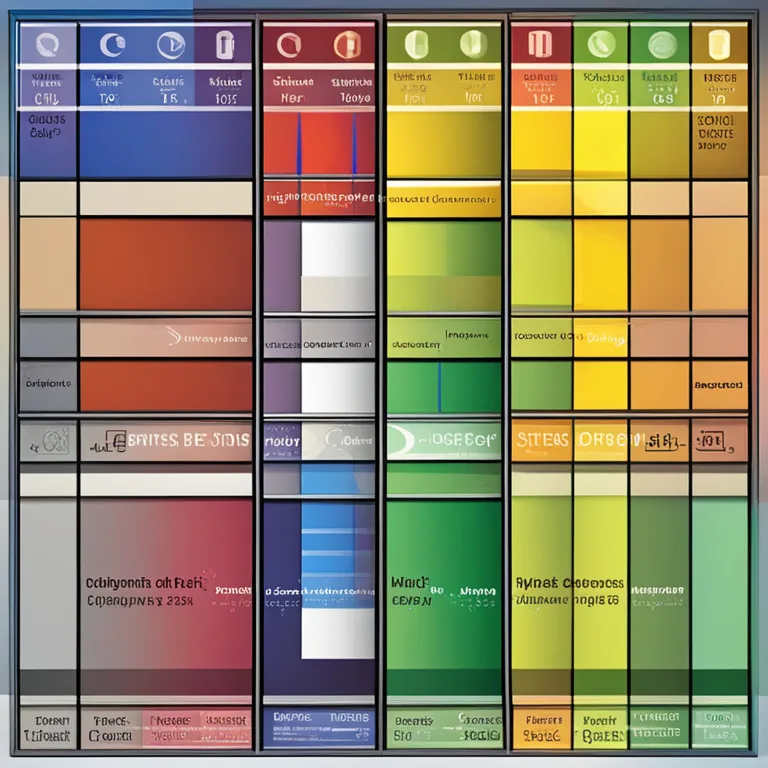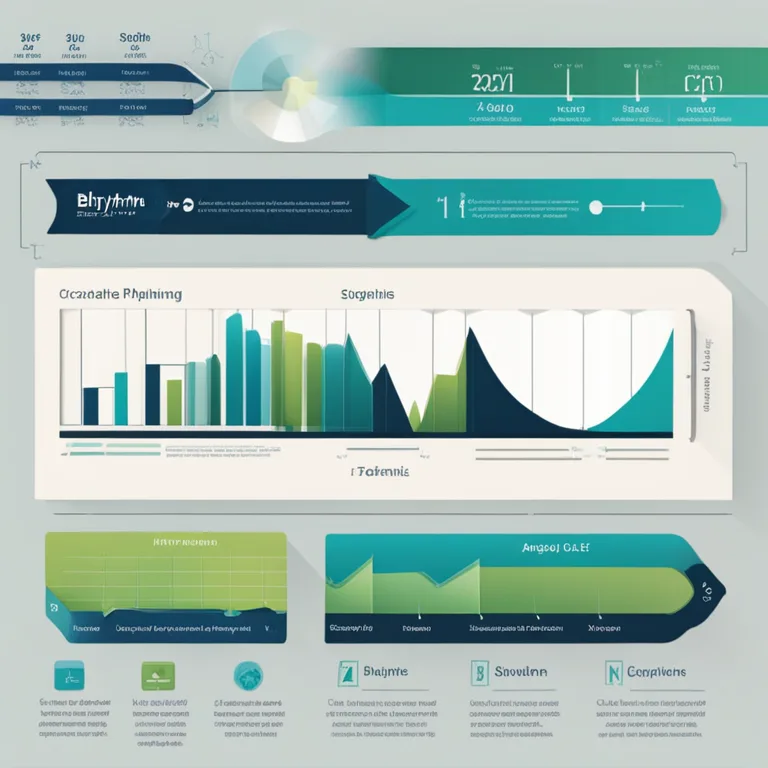
The Rhythms Within: The Theory Of Biorhythm Cycles
Delve into the theory of biorhythms and understand how physical, emotional, and intellectual cycles can impact your daily life.
article by Adrian Wallace
The Basis of Biorhythm Theory
Biorhythms are an intriguing aspect of human biology, professing to predict various aspects of a person's life through rhythmic cycles. The theory of biorhythms originated in the late 19th century with Dr. Wilhelm Fliess, a close friend of Sigmund Freud. Fliess believed that our lives are significantly influenced by 23 and 28-day cycles. Today, the concept has expanded to include three primary cycles: the Physical, Emotional, and Intellectual cycles, each said to start from birth and continue in a wavering pattern of highs and lows throughout a person's life. Modern interpretations may also include additional cycles such as Intuitive, Spiritual, and Aesthetic, each representing different facets of the human experience.

Understanding the Primary Cycles
The Physical cycle, lasting 23 days, is believed to influence our strength, health, and physical vitality. It's often used to gauge the best times for demanding physical activities. On the emotional biorhythm, with a 28-day cycle, it is thought that one can predict the state of their emotional well-being, which can affect interpersonal relations and mood. The Intellectual cycle, taking a 33-day course, purports to affect cognitive functions, decision-making, and alertness. These cycles are often graphed to visually represent their flow from high to low periods, with a critical day indicating the transition from one phase to another, usually associated with unpredictable or unstable conditions.

Practical Applications
Biorhythm advocates suggest that by tracking these cycles, one can seize opportunities to undertake tasks when the relevant cycle is at a peak phase. Conversely, during a low phase, it could be advantageous to be cautious or avoid activities that require a high level of the attribute currently in its trough. In the modern digital age, numerous software programs and applications have been developed to help individuals calculate and analyze their biorhythms, aiming to assist in personal and professional life planning. Despite the lack of scientific validation, the popularity of biorhythms persists, with some people using them for insight into their personal relationships, work-life balance, and even athletic training.

Critical Days and Adaptation
Critical days in biorhythm theory are those days when a cycle transitions from a high phase to a low phase or vice versa. These days may be marked by a heightened risk for accidents or poor performance in the relevant area. Some believe these are days to be approached with caution. Furthermore, while the theory suggests that cycles commence at birth, there is an argument that as one grows and experiences life, the ability to adapt to and possibly offset the negative effects of these downturns improves, although the exact cycles allegedly remain unaltered.

Skepticism and Scientific Evaluation
Despite the broad interest in biorhythm theory, it's important to note that the scientific community remains largely skeptical. Key criticisms include the lack of empirical evidence and the theory's failure to meet scientific standards. Numerous studies have investigated the validity of biorhythms, with most concluding there is no substantial correlation between predicted high and low phases and actual performance or well-being. Critics further argue that any perceived accuracy of biorhythms is likely due to confirmation bias or the placebo effect.
The Continued Allure of Biorhythms
What then accounts for the sustained interest in biorhythms? A large part of their appeal lies in the human desire for self-knowledge and prediction. The simplicity of the biorhythm model also makes it accessible to those wishing to glean insights about themselves without delving into more complex systems. As we advance further into the 21st century, the intersection with personal technology is likely to foster a new wave of enthusiasts who find the blend of mysticism and quantification offered by biorhythms compelling, regardless of the skeptics' views.
Published: 1/4/2024
Modified: 1/4/2024
More predictions
Come back here soon to learn more about yourself and your future


The Rhythms of Life: Mastering Biorhythm Reading
Discover the fascinating world of biorhythm reading and how it can provide insight into your personal, physical, emotional, and intellectual cycles.


Calculating Biorhythms: A Step-by-Step Guide
Learn the process behind biorhythm calculations to understand your physical, emotional, and intellectual cycles for well-being.


Biorhythmic Peaks: Finding Your Lucky Days
Discover how biorhythms can pinpoint your luckiest days for success, well-being, and harmony with a modern twist, suitable for 2024 and beyond.